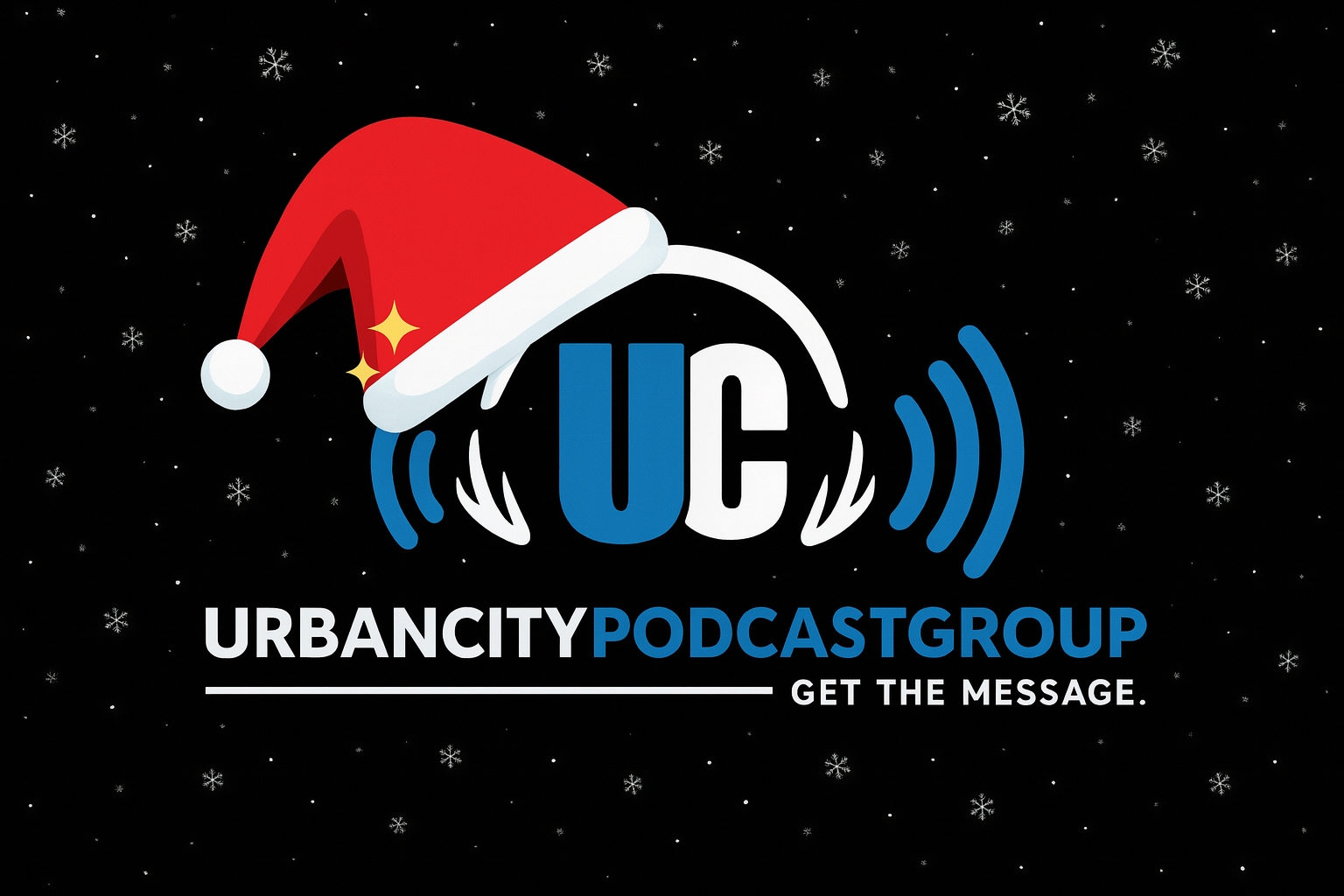Key Takeaways from the Intersection of Finance and Sustainability in 2025
- Emerging regulations and innovations are shaping the landscape of sustainable finance with a focus on decarbonization.
- Small businesses have vast opportunities and challenges in navigating this complex environment.
- Understanding sustainable finance practices is essential for unlocking future opportunities.
Navigating the Evolving World of Sustainable Finance
Picture yourself standing at the crossroads of finance and sustainability in 2025. You’re surrounded by the hustle and bustle of emerging regulations and ground-breaking innovations, all pulsating with the shared goal of decarbonization. The environment is vast with opportunities and challenges for small businesses to thrive amidst new sustainable finance practices.
Knowing how to maneuver this complex world is essential.
What’s next?
You can’t help but wonder what doors this knowledge will open.
The Evolution of Sustainable Finance in 2025
As we immerse ourselves in 2025, sustainable finance continues to evolve with impressive momentum, defying challenges and sparking hope across global communities.
You’re witnessing sustainable investment trends redefine capital allocation. Global sustainable finance issuance hit around US$432 billion in Q2, demonstrating resilience. Corporations are committed to decarbonization, focusing on climate risk management. Despite challenges, trends in sustainable issuance have been positive in some regions compared to others.
Green financing strategies are at the forefront, especially with exciting megatrends emerging. The surge in AI and data centers creates a fresh demand for sustainable finance solutions.
Lower global interest rates boost sustainable bond issuance, widening access to necessary capital.
Countries like Australia, Thailand, and India are shaping new pathways by adopting transition activity standards.
Your understanding of these changes is key to thriving in the ever-evolving world of sustainable finance.
Navigating Regulatory Landscapes and Policy Developments
Steering through the intricate web of regulatory environments in sustainable finance can feel like revealing a complex puzzle—but it’s one you’re more than equipped to tackle.
With the European Commission’s Omnibus proposal reducing reporting burdens for many firms, you’re witnessing a shift towards more focused compliance strategies. The expansive reach of the CSRD, touching 50,000 companies, suggests a move toward regulatory harmonization, despite the challenge of diverse rules.
You’ve got regional nuances to take into account, with US states like California and New York implementing their own laws, contrasting with the EU’s centralized approach.
It’s all about leveraging these frameworks, like the ISSB standards, increasingly accepted in Asia-Pacific regions. This blend of rules requires you to stay nimble, ensuring all strategies align seamlessly.
Challenges and Opportunities for Small and Medium Enterprises
Starting on the journey of ESG reporting can feel like scaling a mountain, especially for Small and Medium Enterprises (SMEs). You might face financial barriers, expertise gaps, and data fragmentation. Plus, market incentives often seem distant.
Here’s a quick snapshot for clarity:
| Challenge | Cause | Solution |
|---|---|---|
| Financial Barriers | Limited resources | Collaborative solutions |
| Data Fragmentation | Varied frameworks | Technology integration |
| Expertise Gaps | Lack of ESG training | Educational programs |
| Market Incentives | Perceived as non-essential | Show clear benefits |
| Reporting Complexity | Multiple tools available | Simplification efforts |
Teaming up with bigger partners aids understanding ESG better. And don’t underestimate technology integration; it’ll streamline operations. Let’s adopt collaborative solutions for a sustainable tomorrow!
Innovations in ESG Reporting and Sustainable Debt Instruments
Imagine a world where sustainability isn’t just a buzzword but a thriving reality.
You’re part of a movement transforming ESG transparency initiatives with innovative data verification technologies.
In 2025, changes like the EU’s CSRD and the US SEC’s climate rules demand precise, verifiable data. Companies must align with GRI, SASB, and ISSB to stay accountable and avoid greenwashing.
Your community sees this as a leap forward—SMART goals and double materiality empower you to measure progress.
Sustainable debt instruments like green and blue bonds aren’t just financial talk anymore. They drive real change.
Transparent metrics knit into bond frameworks let communities like yours thrive. You’re using platforms with smart contracts to simplify reporting and build trust.
Together, you’re redefining finance!
Assessment
You’ve got a front-row seat to the sustainable finance revolution! By diving into the ESG environment, you’ll not only meet regulations but also unlock new opportunities.
Sure, accessing capital can be tricky, especially for smaller businesses. But you’re not alone—embrace collaboration and tech to smooth your path.
Sustainable finance isn’t just a policy; it’s a chance for economic growth and community empowerment. So, immerse yourself, be bold, and watch your efforts spark lasting change in your community.














